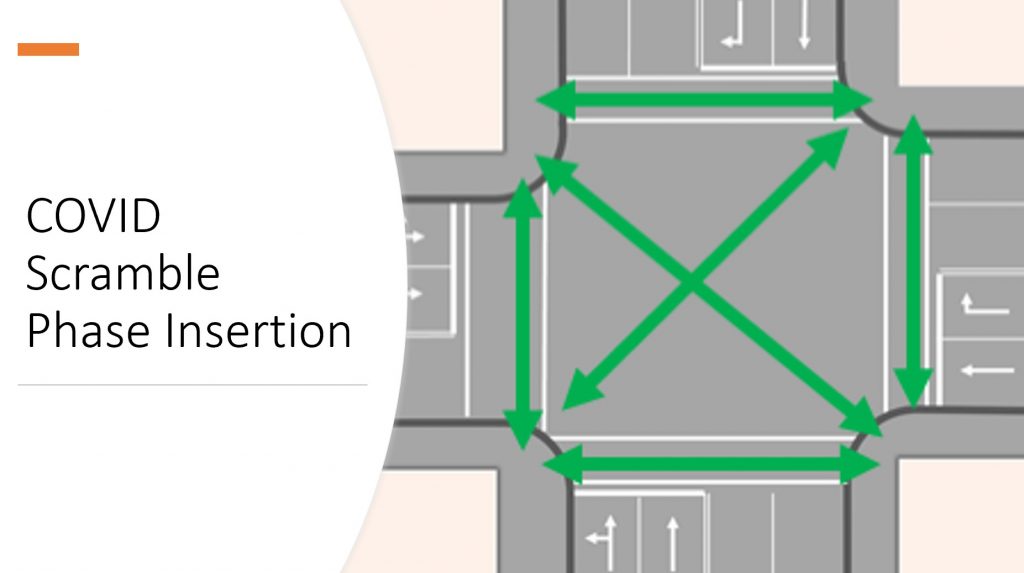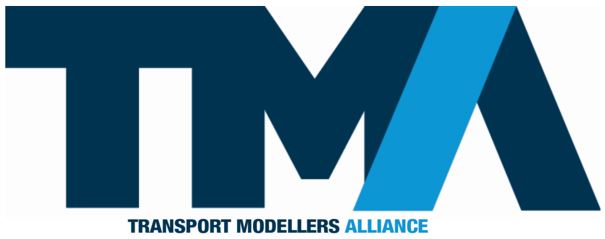#1
COVID-Safe Pedestrian Movement – Geometric solutions (temporary and permanent)
If we are to move to a COVID-safe economy, we will have to ensure pedestrians feel safe, as after all – even car drivers and public transport users are also pedestrians and critically they are almost always pedestrians when they are undertaking the key part of their economic activity (going to the office, shopping, etc).
Feeling unsafe as a pedestrian will hold back economic growth and some simple measures that could be implemented along the lines of ‘NZ Govt to fund temporary cycleways and footpaths post COVID-19 lockdown’ can serve an immediate need during this pandemic, as well as be monitored for longer term adoption opportunities.
If we make use of an extendible barrier on approach to intersections that changes the turn pocket length in line with demand (recognising that both pedestrian and traffic needs should be optimised) and to encourage pedestrians to use mid-block crossings for those pedestrian desire lines that can be captured as this would help reduce the volumes of pedestrians at the high density corner crossing locations typically found in the CBD (and signalised intersections generally).
An extension of this idea would be to further improve the limited space available at the corner crossing location (temporarily) banning left turns and providing footpath widening that would see available pedestrian storage space increase at this key location, further assisting with social distancing.
#2
COVID-Safe Pedestrian Movement – Signal Timing Solutions
As well as geometric changes to intersections in high density pedestrian areas, there is the opportunity for TfNSW Network Operations to re-consider the reliance on long cycle time for SCATS coordination and to provide opportunities for pedestrians to cross more frequently in the pedestrian peak hours (AM, lunchtime and PM and hopefully some-day soon also Friday and Saturday night!)
While the introduction of a “COVID-Scramble” phase insertion sounds appealing to help alleviate the crowding at these corner locations, this would require extensive personality design work and testing before it could be implemented and would most likely take the best part of a year – which would make it less appealing in the short term than having SCATS subsytem marriages.

#3
COVID-Safe Pedestrian Movement – Pedestrian dispersion app
TMA is working on a pedestrian dispersion app that provides guidance to understand the best routes through the CBD to access their desired destination as safely as possible in light of social distancing rules (that are likely to be with us for some time).

Source: Walking count explorer, City of Sydney
#4
Links to schemes that address the need for wider footpaths and better active transport links:
https://www.nzta.govt.nz/roads-and-rail/innovating-streets/case-studies/sale-street-intersection/


